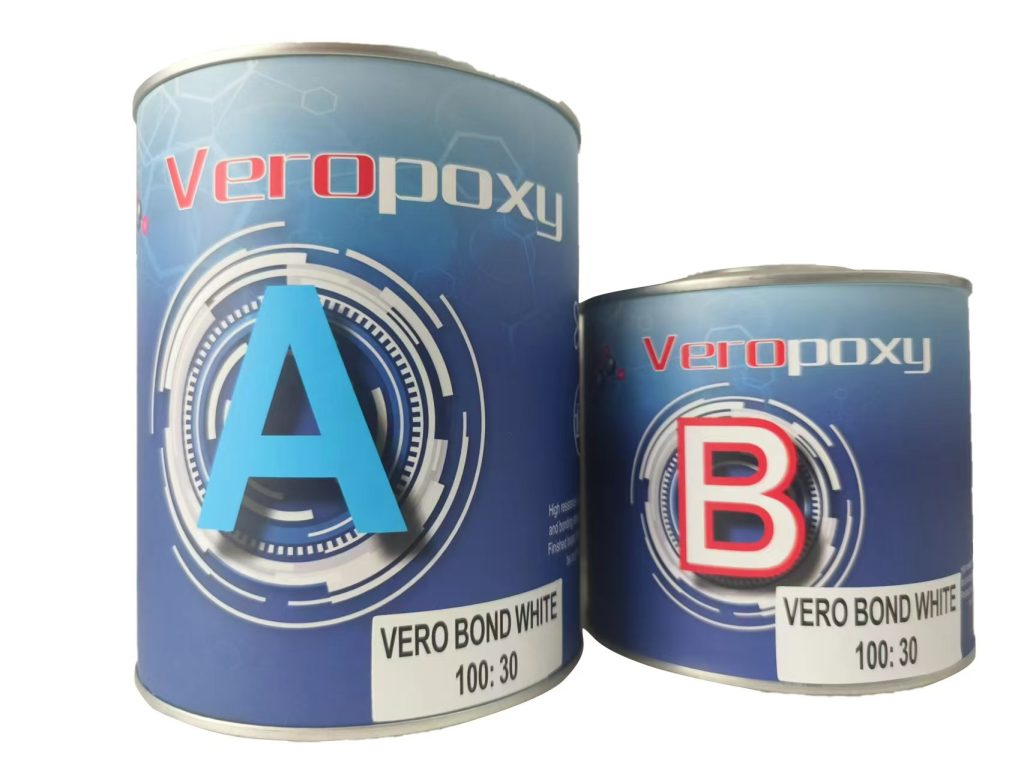Travertine, with its earthy tones and unique porous surface, has become a favored stone for outdoor applications, from patio flooring to decorative facades. Travertine’s beauty is not without flaws, though, especially in direct sunlight and with regard to UV rays. Over time, UV exposure can cause discoloration, surface degradation, and even structural weakening. Here is where epoxy resin finds application. Often prized for its adaptability and protective qualities, epoxy resin can cover travertine surfaces to prevent UV damage. Getting this protection does, however, present certain difficulties. We will investigate how epoxy resin can improve UV resistance on travertine, the challenges associated with this application, and the creative ideas under development to guarantee travertine surfaces retain their beauty and strength even under the sun.

Challenges of UV Exposure on Travertine and Epoxy Resin
Travertine, while durable in its own right, is not inherently UV-resistant. Extended sunlight can cause a colour fade and surface degradation of a structure. Moreover, the natural pores in travertine let UV light pass through deeper, aggravating damage over time. Although epoxy resin is a sealant and creates a protective layer to help preserve the colour and integrity of the stone, conventional epoxy resins by themselves are not always UV-stable.
Unprotected epoxy can yellow, crack, or peel under intense UV exposure. Applied to travertine, the difficulty becomes two-fold: not only must the resin shield the travertine from UV light, but it also must resist those rays without degrading. Although their efficacy and long-term performance are still under active study, this has produced a new generation of UV-stabilized epoxy resins especially intended for outdoor uses.
How UV-Stabilized Epoxy Resins Work
UV-stabilized epoxy resins contain special additives, such as UV absorbers and HALS (Hindered Amine Light Stabilizers), which absorb and neutralize UV rays before they can damage the epoxy or the travertine beneath it. These compounds convert UV light into low-energy heat, which is subsequently dissipated benignly. The end effect is a more robust epoxy coating that can efficiently protect travertine from sunlight without fading, yellowing, or cracking giving way.
However, even with UV stabilizers, epoxy resin is not completely immune to sunlight. Though more slowly, high-intensity UV exposure over time can still breakdown the protective layer. This implies that although UV-stabilized epoxy can greatly increase travertine’s UV resistance, regular reapplication and maintenance may still be required to guarantee lifetime protection.
Advanced Application Techniques for UV Protection
Achieving optimal UV protection on travertine requires more than just selecting a UV-resistant epoxy resin. Crucially important is the application process itself. To enable better curing and bond strength, experts advise professionals applying the epoxy in thin layers only. By building a thicker barrier UV rays must pass, several layers of epoxy can also offer extra protection. Between layers, sanding and polishing help to eliminate any flaws, so improving the reflectance of the epoxy from UV rays standpoint.
For even better UV resistance, some experts recommend combining epoxy with a UV-resistant topcoat or sealant, such as polyurethane. Natural UV-blocking qualities of polyurethane will help to protect the epoxy and travertine underlying it. With the epoxy creating a strong bond and the polyurethane providing a better UV barrier, this dual-coating technique uses the strengths of both materials.
Innovative Solutions for Long-Lasting UV Protection
As demand for durable, UV-resistant travertine solutions increases, researchers are exploring innovative ways to enhance the UV stability of epoxy resins. Nanotechnology presents one exciting field for advancement. Effective UV absorbers that can be incorporated into epoxy to raise its resistance to sunlight are nanoparticles including zinc oxide and titanium dioxide. Working at a microscopic level, these nanoparticles scatter and reflect UV rays, so stopping them from penetrating the epoxy surface.
Other advancements include the development of epoxy resins with organic and inorganic hybrid structures. These hybrids produce an epoxy resin more fit for outdoor use by combining the durability and UV resistance of inorganic materials with the flexibility and adhesion of organic compounds. Not only are these hybrid epoxies more resistant to UV light, but they also show more resistance to temperature fluctuations—which can be quite helpful in outdoor environments where travertine is subjected to different weather.

In the quest to protect travertine surfaces from the damaging effects of UV rays, epoxy resin has proven to be a valuable tool. Although conventional epoxy resins suffer in sunlight, UV-stabilized formulations, advanced application methods, and creative material enhancements have helped to produce solutions extending the lifetime and beauty of travertine in outdoor environments. Even if regular maintenance is still needed, these new innovations allow one to appreciate the natural elegance of travertine without sacrificing its durability. With epoxy resin leading the way in this exciting field of stone preservation, UV protection for stone surfaces looks bright as technology develops.
Post time: 11 月-07-2024

